Close
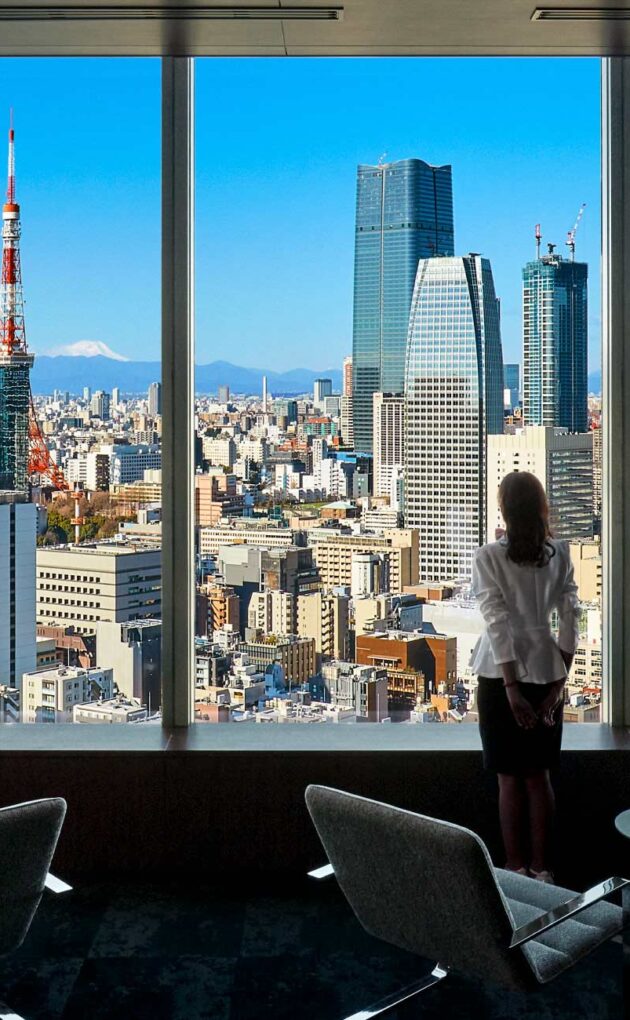

Three different types of characters are used in the Japanese language: the logographic Kanji characters and the phonetic symbols of Hiragana and Katakana. Kanji characters are extremely useful once you have remembered them. Each character is associated with a unique image. For instance, the Kanji characters for Tokyo comprise the characters for “higashi (east)” and “kyo (capital).” When the capital of Japan was relocated in 1864 from Kyo (present-day Kyoto), the former capital of Japan for 1000 years, to Edo (present-day Tokyo), the new capital was given the name Tokyo to distinguish the “eastern capital” from the “western capital.” Over the course of the next 150 years, Tokyo evolved to become one of the largest cities in the world with a population of over 13 million. While it cannot possibly be compared to the rich history of Kyoto, the panoramic view of Tokyo is certainly worth seeing.
Index
1. The Tokyo Metropolitan Government Building
2. Two observatories (45th floor)
3. Recommended visiting hours
4. Observatory amenities
5. Staff cafeteria (32nd floor)
6. Sightseeing spots in the vicinity that you might also be interested in
7. Access
As the capital of Japan, Tokyo is also an independent municipality. The Tokyo metropolitan government’s administrative headquarters are located in the Metropolitan Government Building in Shinjuku. Completed in 1991, this building comprises three different parts: Tokyo Metropolitan Main Buildings No. 1 and No. 2, as well as the Tokyo Metropolitan Assembly Building. The building was designed by the renowned Japanese architect Kenzo Tange and is representative of his later works. The Main Building No. 1 has 48 floors (243 meters) above ground level and is famous for its twin towers that resemble those of the Notre-Dame Cathedral in Paris.
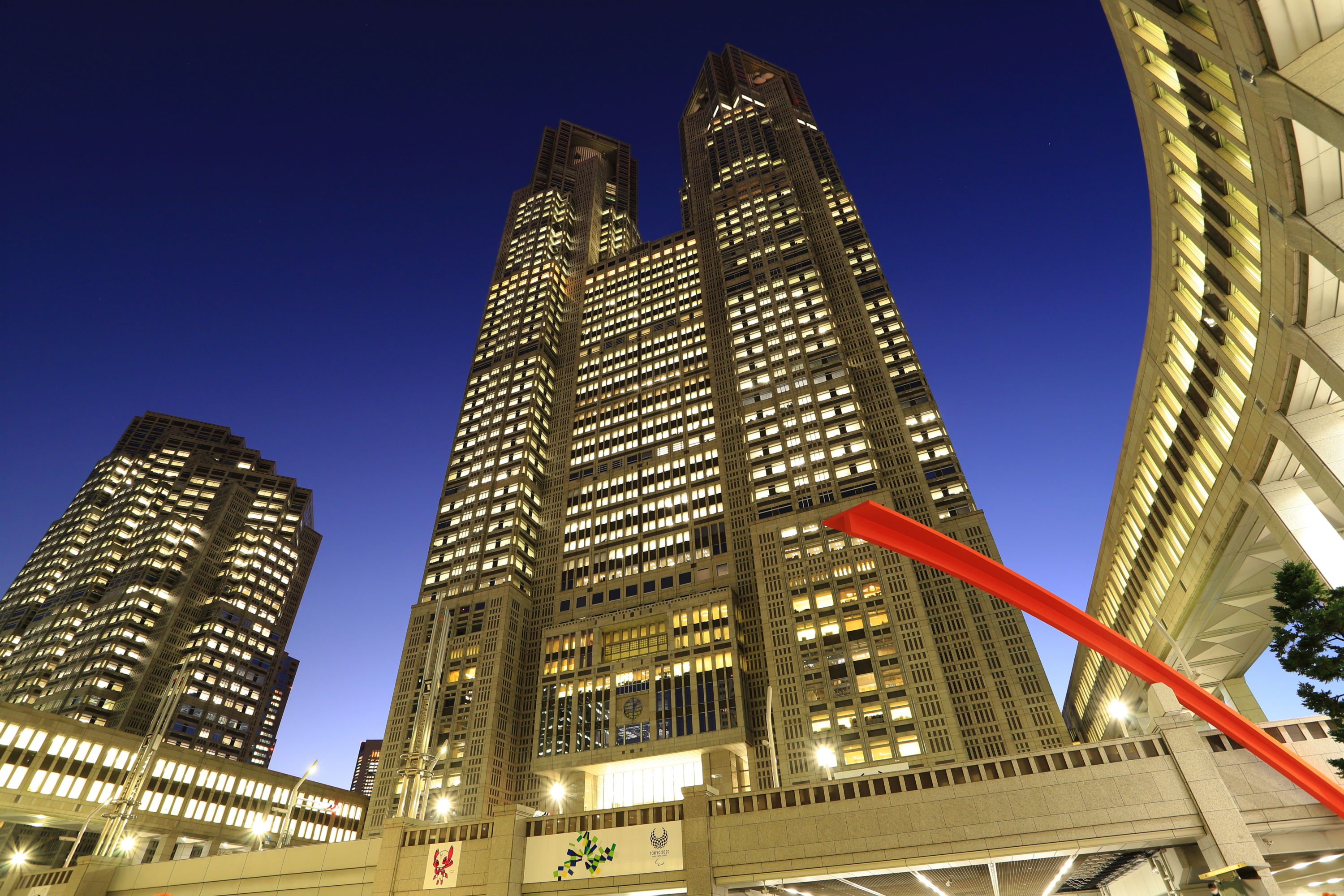
There are free observatories in both the “north” and “south” twin towers of Main Building No. 1. These observatories are open to both tourists and Tokyo residents free of charge and are popular sightseeing spots. Elevators located at the lobby on the first floor bring visitors directly to the North and South Observatories located 202 meters above ground level in just 55 seconds. Both observatories are accessible only via these elevators and there is no direct passageway connecting them.
Opening hours: 9:30 AM to 11:00 PM (Last admission at 10:30 PM)
Closing days: 2nd and 4th Monday of every month (North Observatory)
1st and 3rd Tuesday of every month (South Observatory)
Admission fee: Free
*The observatories are open on holidays but will be closed on the following day.
*Please check the latest information on the official Twitter account https://twitter.com/tocho_tenbou as the observatories may be closed for inspections, etc., on an ad hoc basis.
It is highly recommended that you visit the observatories during the “magic hour” at sunset. You can witness the dramatic changes in the sky’s color as it shifts from orange to blue in the short period of time before and after sunset. After that, you will also get to enjoy the breathtaking night view of Tokyo illuminated by its neon signs. It is advisable to make your way to the observatories with some time to spare as you may need to queue for 20 to 30 minutes if the elevators to the observatories are crowded. The observatories are also a great way to spend your afternoons, as you may be able to see as far as Mt. Fuji on a clear winter day.
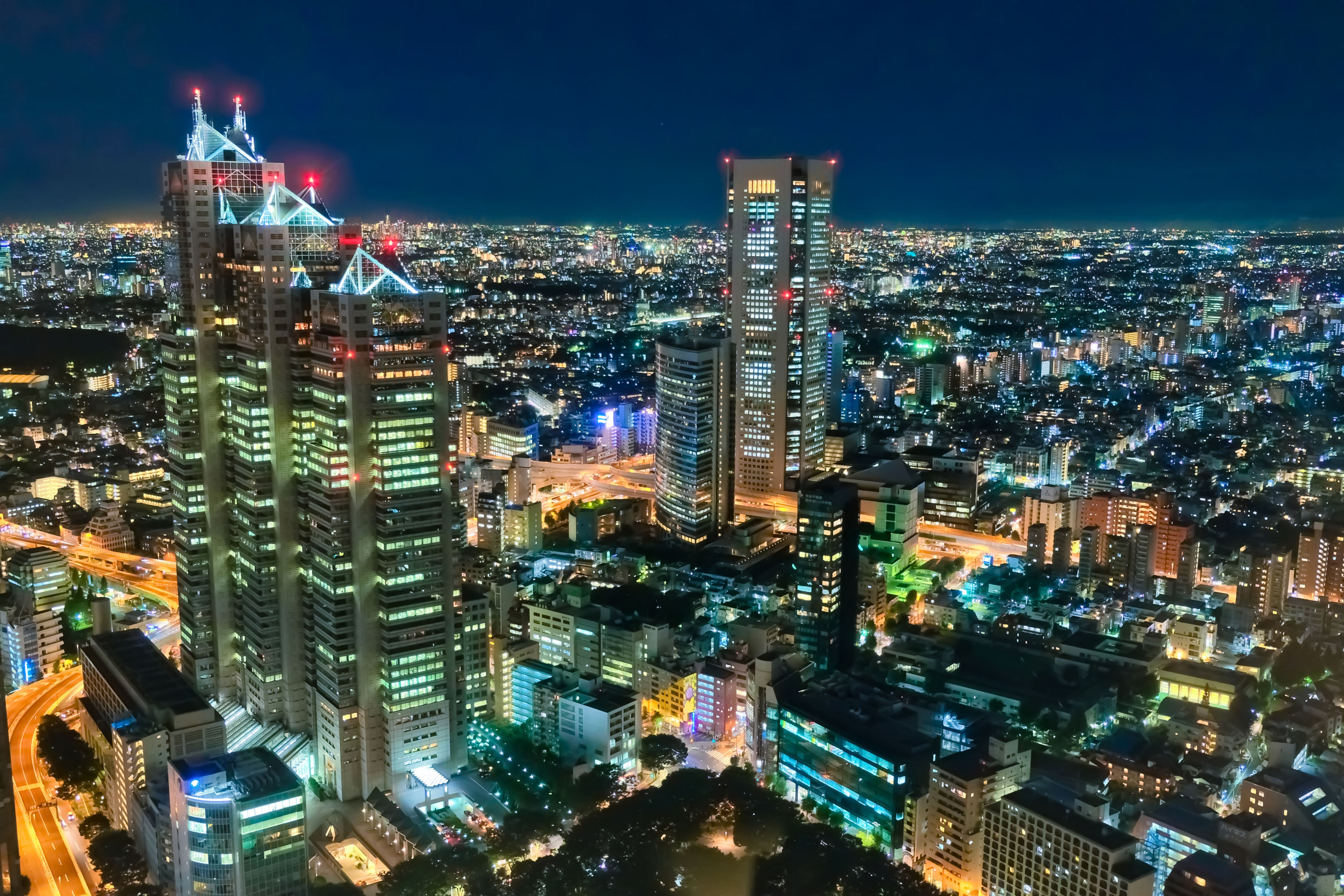
You can find cafes and gift shops at both observatories. However, the South Observatory may be more popular according to the staff as it houses the “Piano of Memories” designed under the supervision of Yayoi Kusama. This piano can be used by all visitors, so feel free to play something on it to make your trip even more memorable.
The piano is available for public use during the following hours:
10:00 AM to 12:00 PM and 2:00 PM to 4:00 PM
*Limited to 5 minutes per visitor.
*Reservations not accepted.
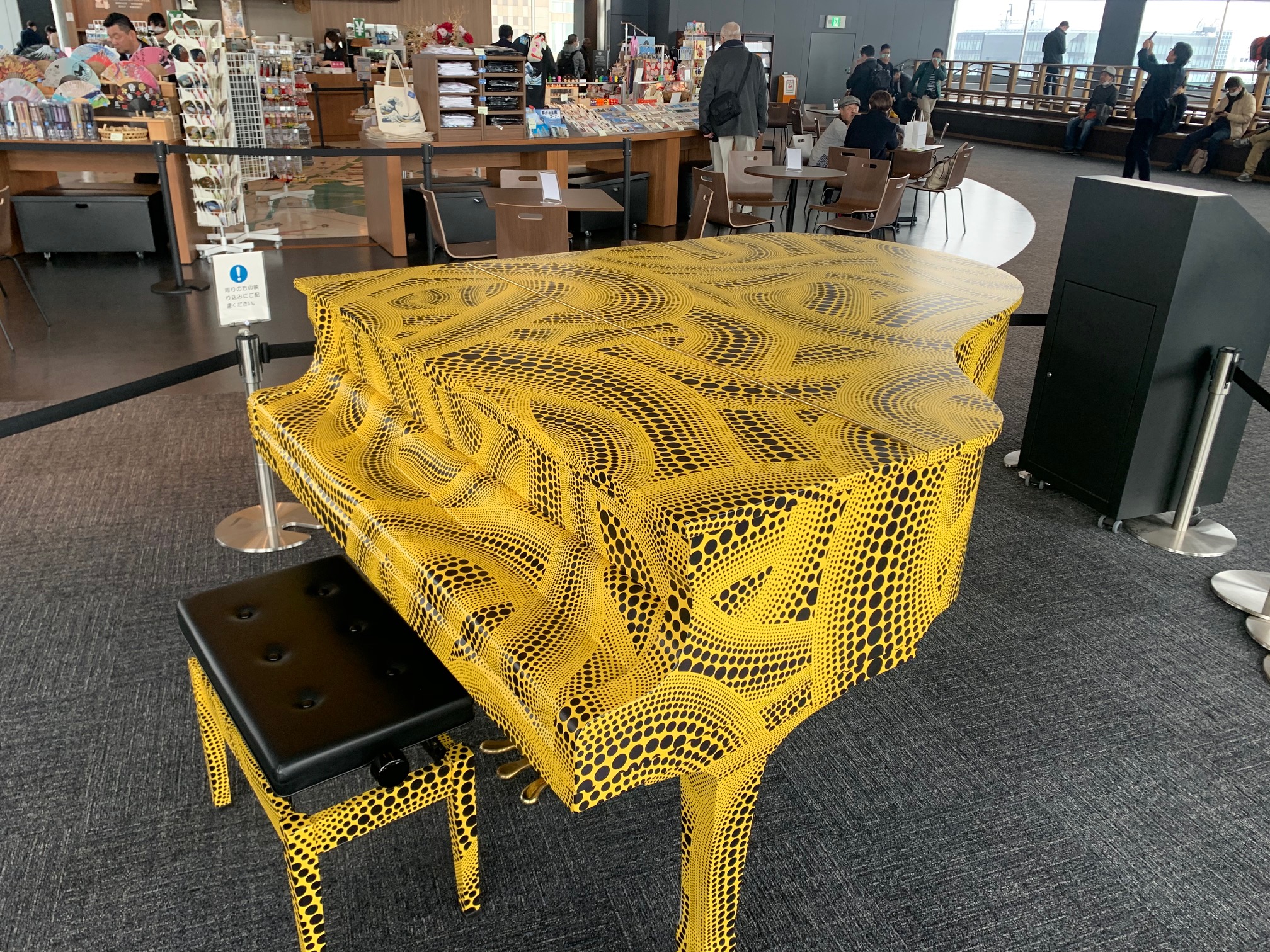
There is a staff cafeteria for employees of the Tokyo Metropolitan Government on the 32nd floor of Main Building No. 1, which is also open to the general public. It is a self-service style cafeteria, where diners place orders by purchasing food vouchers, and boasts a good view of the surroundings and affordable prices, so it is often crowded at lunchtime. It has a typical Japanese cafeteria menu with English descriptions. Please note that the staff cafeteria can only be accessed using a different set of elevators from those that take you to the observatories. You would need to make your way to the reception desk on the first or second floor to borrow a pass and use the elevators there. The reception desk on the second floor is usually less crowded.
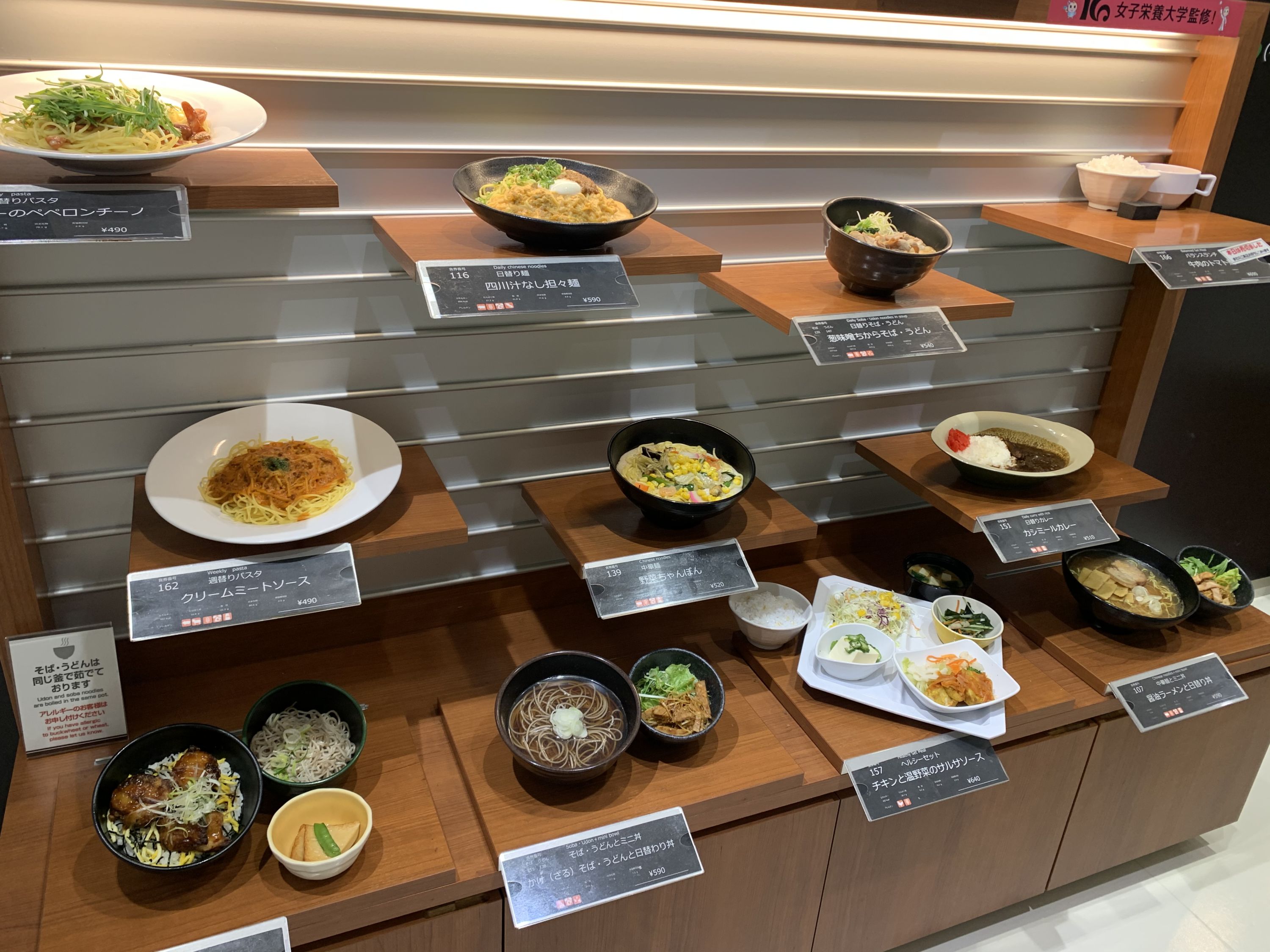
Shinjuku offers many other highlights that you might want to explore at the same time.
Suggested half-day itineraries:
Nature tour: Enjoy the daytime view from the observatory of the Metropolitan Government Building → Lunch at the staff cafeteria → 10-minute ride on the subway → Explore nature at Shinjuku Gyoen National Garden
Shinjuku night tour: Enjoy the night view of Tokyo from the observatory of the Metropolitan Government Building → 15-minute walk → Dinner at a Japanese izakaya in Kabukicho
10-minute walk from JR Shinjuku Station
Connected directly to Tochomae Station on the Toei Oedo Line
Written by Emi Sotome
[Blog] Shibuya Crossing
[Blog] The Palace Running Guide
[Blog] The Tsukiji Fish Market
[Blog] Harajuku’s Takeshita Street, the kawaii mecca